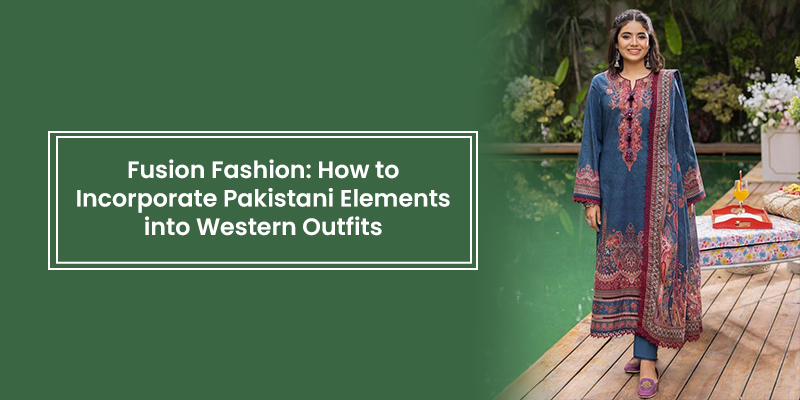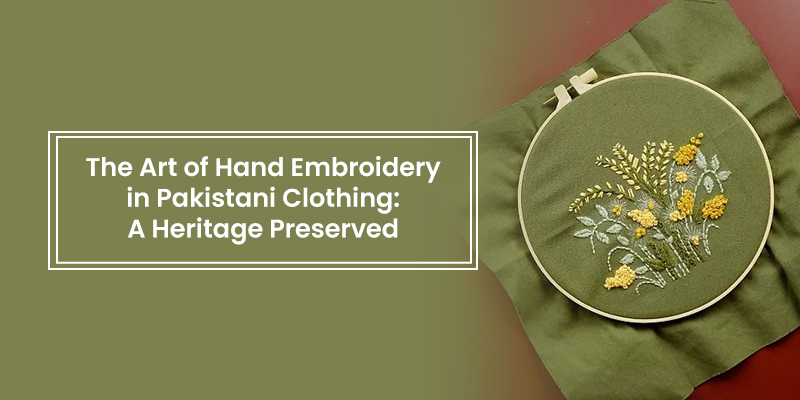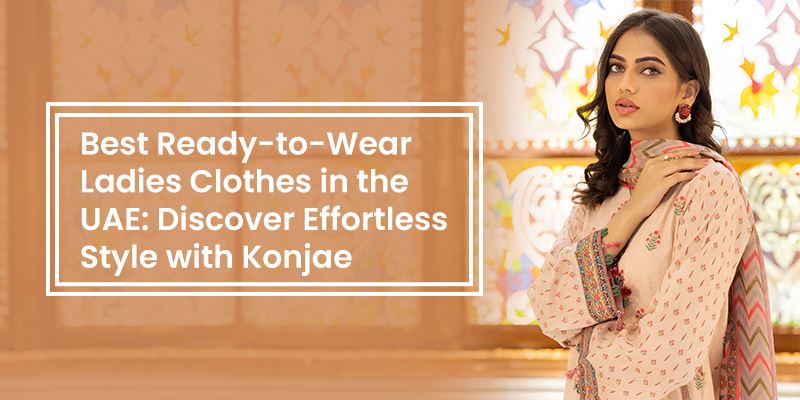The Evolution of Pakistani Bridal Fashion: From Traditional to Contemporary
For a bride, one of the most crucial aspects of a Pakistani wedding is probably the dress, an iconic outfit that encompasses tradition and individuality. Pakistani bridal fashion has evolved significantly from the days of strictly orthodox tradition to the current relatively liberal standards.
This evolution is not only a result of fashion trends but also a struggle that exists in every society- to retain the traditional culture and adopt new Pakistani bridal dress trends.
This blog delves into the journey of Traditional vs contemporary Pakistani bridal wear.
Traditional Pakistani Bridal Fashion
Traditional Pakistani bridal fashion is renowned for its timeless silhouettes, with outfits like lehenga, gharara, and sharara at the forefront.
Pakistani bridal fashion history is rich with traditional styles like the lehenga, a long, pleated skirt paired with a choli (blouse), which is perhaps the most iconic, exuding regal elegance. The gharara and sharara, often featuring divided or flared trousers, offer a sophisticated yet traditional look, favored by brides who seek to honor their heritage.
Each piece in Traditional Pakistani wedding dresses is designed with classic cuts that emphasize grace and poise, often accompanied by heavy embellishments that reflect the rich cultural tapestry of Pakistan.
Traditional Colors and Fabrics
Traditionally, the use of color in bridal fashion, specifically within Pakistani culture, is dominant, and the three key colors are red, maroon, and gold. These hues are rich and full of meaning: love, prosperity, and joy. These sentiments are reflected in these colors.
The fabrics used to make these garments are equally as lavish, with silk being a preferred material, as are velvet and banarsi. Silk gives natural luster and softness which are ideal for bridal wear while velvet gives a plush feel perfect for winter weddings.
Banarsi fabric with body designs and the rich zari work of gold or silver brocade gives the bridal outfit a royal look and makes the bride feel like a queen.
Heritage Embroidery and Craftsmanship
When it comes to traditional bridal wear in Pakistan, the focus is on the embroidery and the work put into the dress. Zardozi, gota, and dabka are not only embroidery that can be used for beautifying clothing but are even seen as treasures that are inherited over the generations.
- Zardozi is the application of metallic threadwork used on bridal costumes, providing a luxurious feel to the garment and mostly designing florals or paisley designs.
- Gota work is done by placing tiny pieces of gold or silver ribbon to the fabric and thus gives a festal look.
- One of the most exquisite varieties of cutwork, Dabka embroidery, has a raised three-dimensional form that transforms bridal wear and gives it a touch of detail and luxury.
Such embellishments are a true reflection of the hard work of the artisans, which turns each bridal attire into a piece of cultural value.
The Shift Towards Contemporary Bridal Fashion
As the contemporary bridal styles in Pakistan progress, there is an influx of more contemporary designs and innovations. Modern Pakistani bridal trends include the mermaid cut, A-line lehengas, or having cuts at their sides at different heights.
Pakistani bridal fashion evolution started with Fusion styles, which incorporate both traditional and European elements, are also common, with brides choosing gowns with Eastern beadwork or wearing lehengas with crop tops.
Evolving Color Palettes
Another area that has undergone a shift in recent wedding dresses is the color schemes. Whereas reddish colors and maroon shades remain a favorite, it has gradually been replaced by softer tones like pastels, nude tones, and even bizarre shades like lavender, mint green, and peach that were unthinkable some years ago.
Minimalism and Comfort
New trends have emerged including minimal and comfortable dresses as opposed to lavishly designed bridal wear. Much lighter fabrics like organza, chiffon, and georgette have emerged as more popular dress materials since wearing a gown throughout the wedding can be rather uncomfortable due to restricted freedom of movement.
The simplest types of gown designs have simple embroidery and fine cutting offering contemporary and graceful looks for brides-to-be without being overly striking.
Blending Tradition with Modernity
Many contemporary Pakistani brides are finding ways to incorporate traditional elements into their modern bridal outfits. This blend of old and new is achieved through the use of traditional Pakistani bridal jewelry, such as jhumkas, maang tikas, and heavy chokers, which add a touch of heritage to modern silhouettes.
Other popular fabrics such as banarsi and velvet with their heavy embroidery and cultural significance are also being used in today’s trendy designs giving the brides a chance to embrace their culture while at the same time being fashionable.
Customization and Personalization
Trends have emerged where brides have shifted away from traditional styling towards fashion that is well-tailored to their characteristics. Brides’ today are more engaged in the process of designing the gown and work hand in hand with designers to come up with gown of their choice that depicts their ethnical background but at the same time have the chance to show their personalities.
Influences Shaping Modern Pakistani Bridal Fashion
The following influences are shaping modern Pakistani bridal fashion.
Global Fashion Trends
Globalization has played a significant role in shaping the current trends and styles of Pakistani bridal wear. Western styles like ball gowns and A-line gowns have been incorporated into Eastern bridal wear although heavy embroidery or the inclusion of a dupatta are typical of the Eastern bridal gown.
This fusion of East and West has resulted in a diverse range of bridal options that cater to the modern bride’s desire for both tradition and trendiness.
Celebrity and Designer Influence
The trends in bridal wear in Pakistan are greatly influenced by Celebrity weddings and renowned designers. It is often seen that high-profile weddings define trends, where brides take ideas from the celebrity bridal wear.
HSY, Maria B, and Sana Safinaz are some of the prominent bridal designers, who are altering and reinventing the traditional bridal dress code to fit modern society. These collections are not only iconic; they also set trends for individual brides in Pakistan and impact the bridal fashion trend in Pakistan.
Wrap up
The evolution of Pakistani bridal fashion from its traditional roots to contemporary styles reflects a dynamic blend of culture, history, and modernity. Whether you’re drawn to the timeless elegance of traditional bridal wear or the fresh allure of contemporary styles, KONJAE is your gateway to an exquisite collection of Modern bridal lehengas in Pakistan.
Explore our curated selection of stitched and unstitched clothing, and let us help you create a bridal look that perfectly balances tradition and modernity.
FAQs
How has Pakistani bridal fashion evolved over the years?
Pakistani bridal fashion has moved away from just the elaborated traditional wear to the more flexible and stylish wear that is further inspired by tradition. Modern brides have more to choose from, for example, light fabrics, exotic cuts, and a vast range of colors.
What are the key differences between traditional and contemporary Pakistani bridal wear?
Traditional bridal wear is heavily embellished, and has deep red colors and regular flap shapes, whereas, modern bridal wear has mostly light fabrics, pale colors, and modern flowing shapes thus providing both tradition and innovations.
What are the most popular modern trends in Pakistani bridal fashion?
Current trends include pastel and muted colors, less embroidery, less heavy work, lehengas with different cuts, blending Western and eastern touches, and the bride wearing something different.
How do contemporary Pakistani brides incorporate traditional elements into their wedding attire?
Modern brides try to blend traditional elements, and this is seen in the use of traditional jewelry, zardozi or go to work, use of silk, or banarsi fabric in combination with modern designs.
What are some traditional bridal dresses still popular in Pakistani weddings?
Some of the most common dresses that can be seen in Pakistani weddings are the red lehenga, gharara sharara, and heavily embroidered anarkali.
How has modern Pakistani bridal fashion been influenced by global trends?
With an amalgamation of Pakistani tradition and global trends, new cuts that have been adopted include Western silhouettes, the use of pastel colors, and minimalistic designs.
What are the top contemporary bridal designers in Pakistan?
Some of the most popular contemporary bridal designers in Pakistan are HSY, Maria B, Faraz Manan, Nomi Ansari, and Sana Safinaz.
How do traditional bridal colors differ from contemporary choices in Pakistani weddings?
There are the classics like red, maroon, and gold that continue to be incorporated in bridal fashion and this is accompanied by modern trends like pastel colors, nude colors, and something as unique as lavender, peach, and mint green.
What role does traditional jewelry play in modern Pakistani bridal fashion?
There’s nothing outdated about traditional jewelry even when it comes to bridal wear, where jhumkas, matha pattis, and heavy chokers are used as a blend of Modern and Tradition.
How can brides balance tradition and modernity in their Pakistani wedding outfits?
Brides may follow the trends by incorporating the best part of traditional accessories such as traditional embroidery and jewelry and modern silhouettes, fabric, and colors.
Recent Posts




